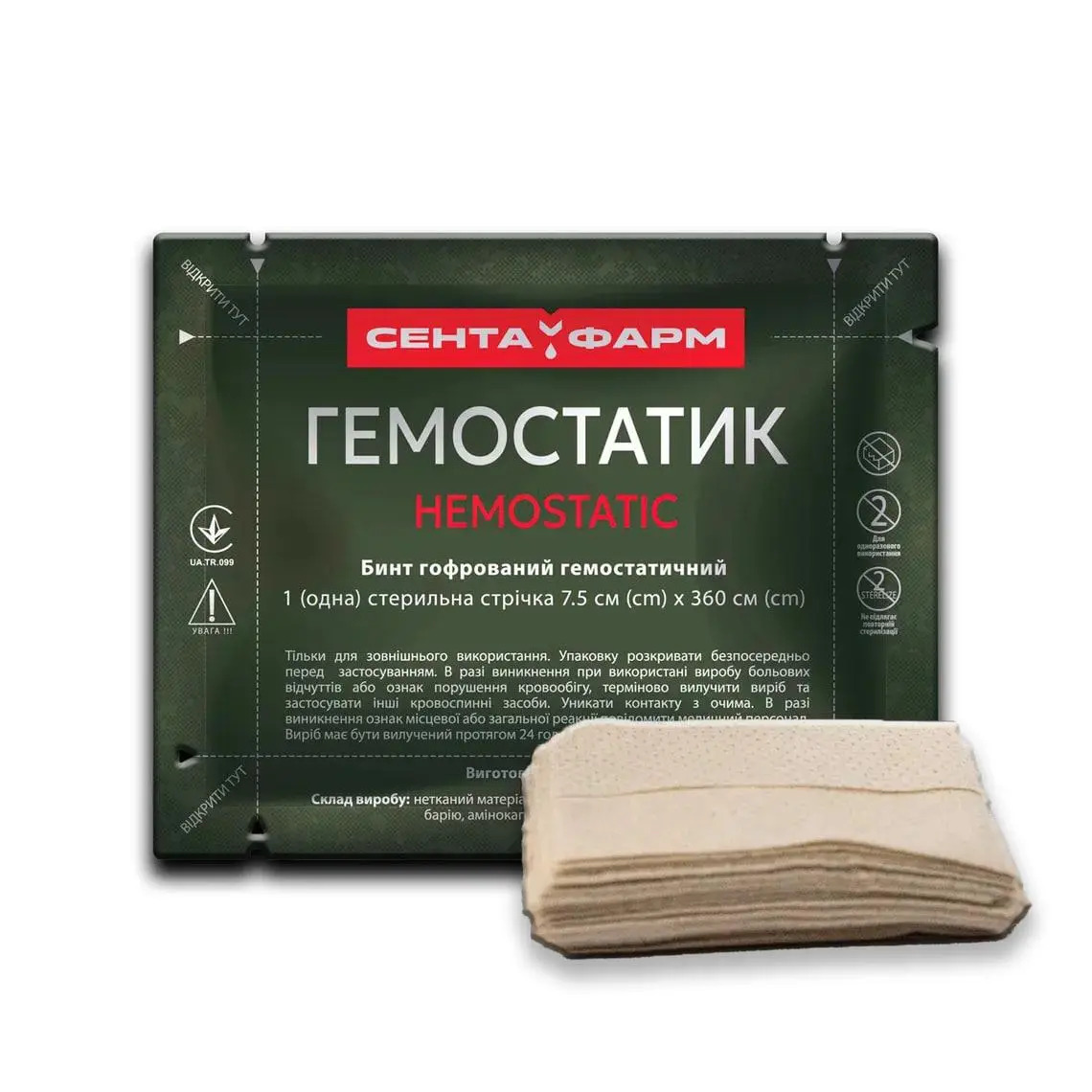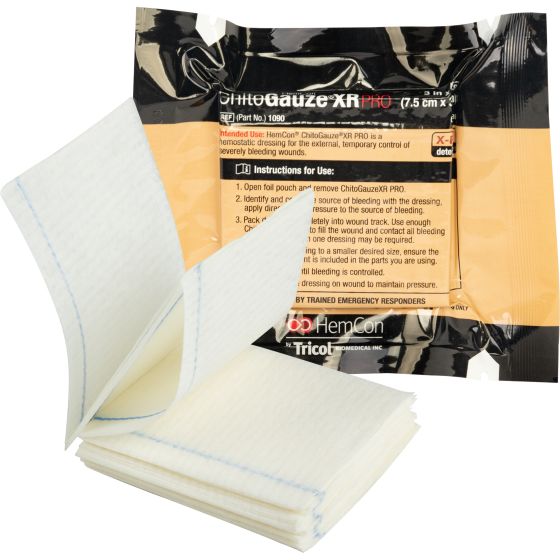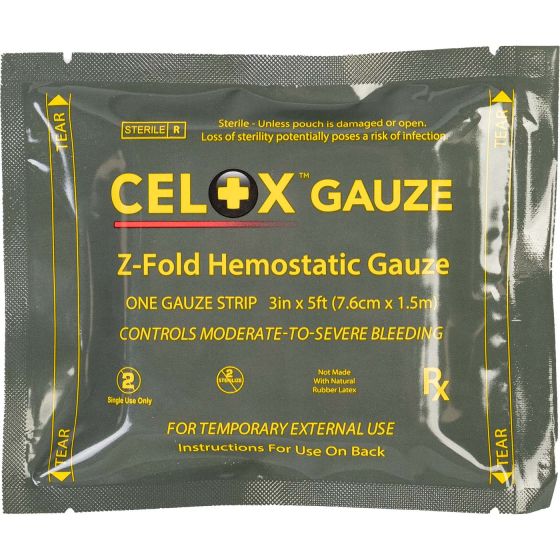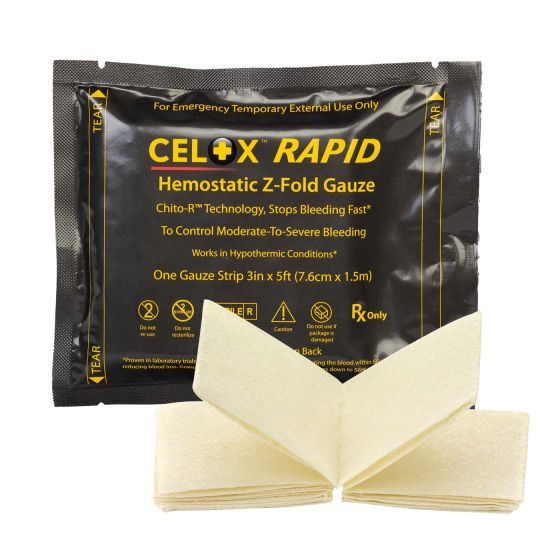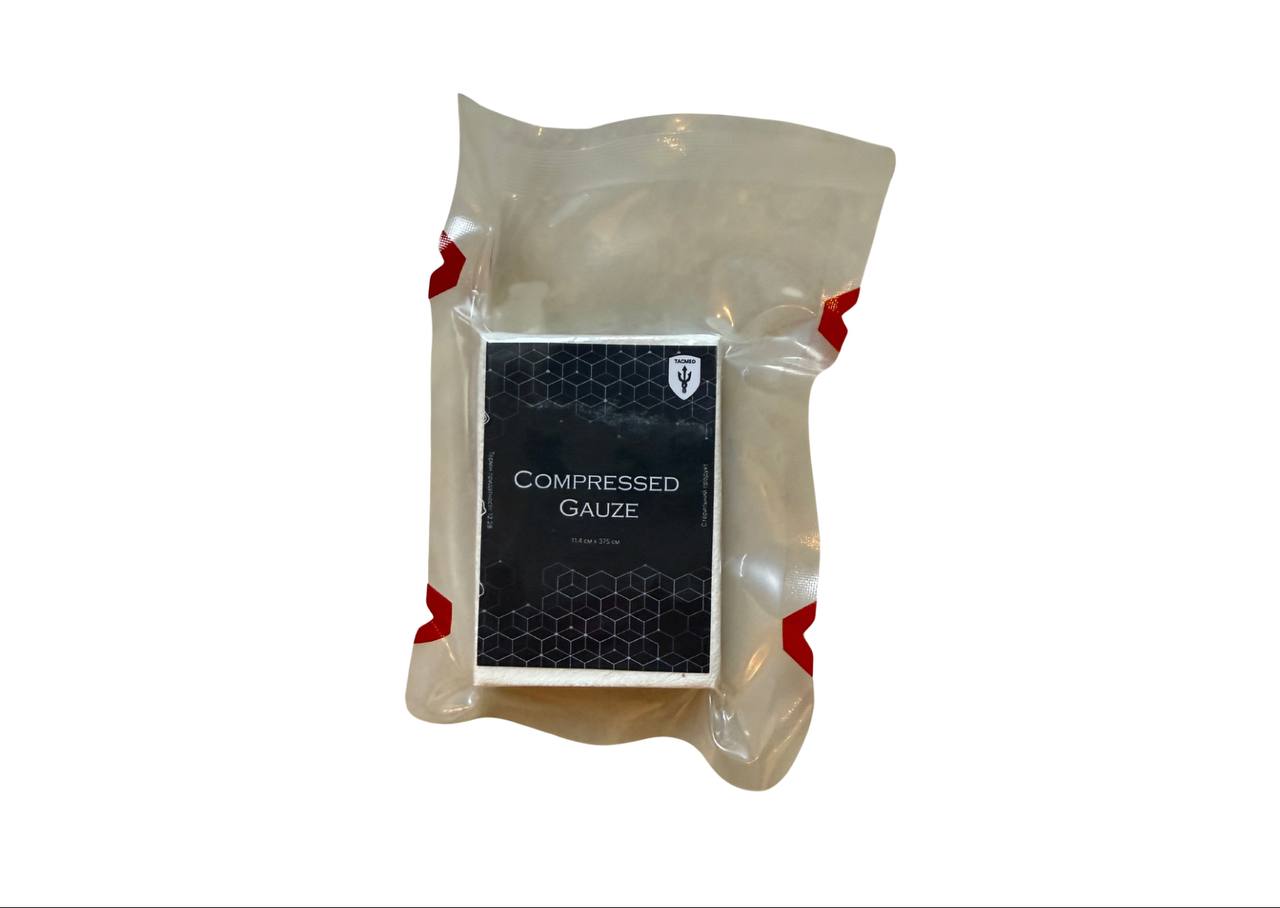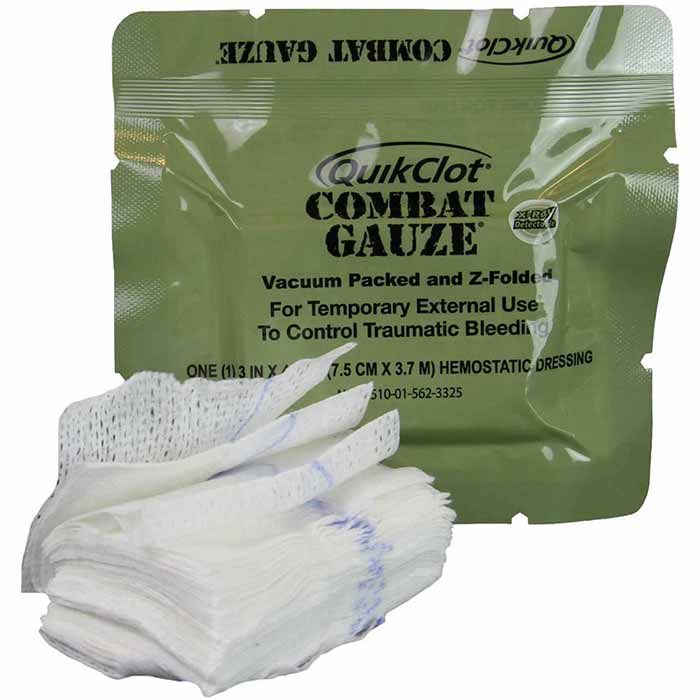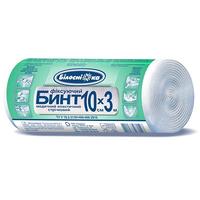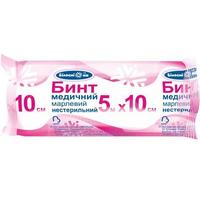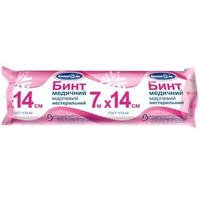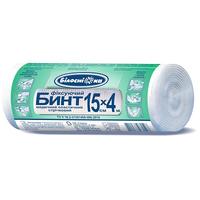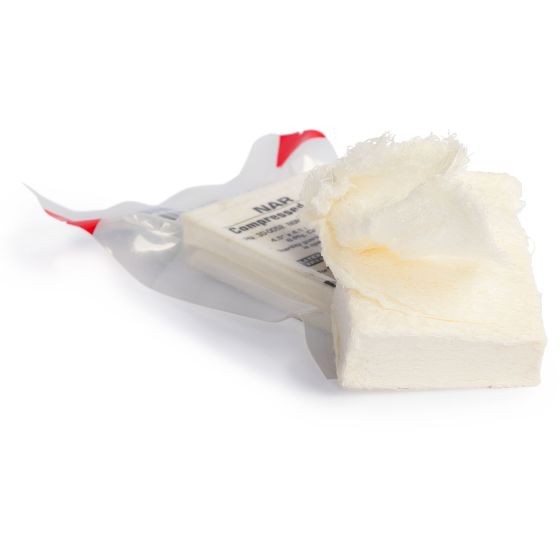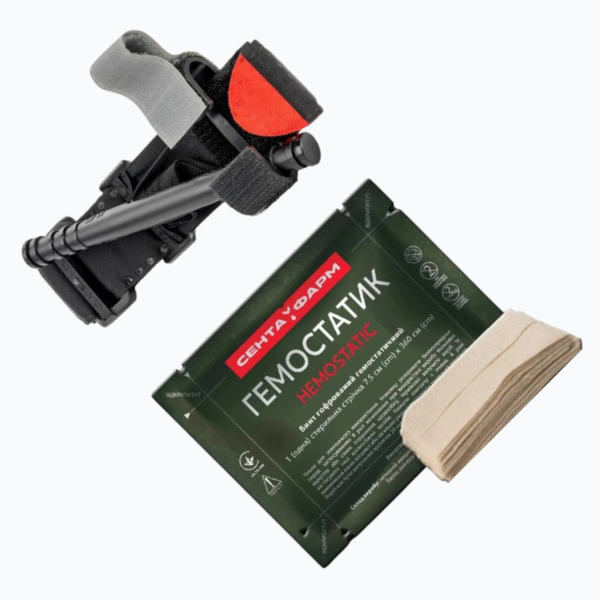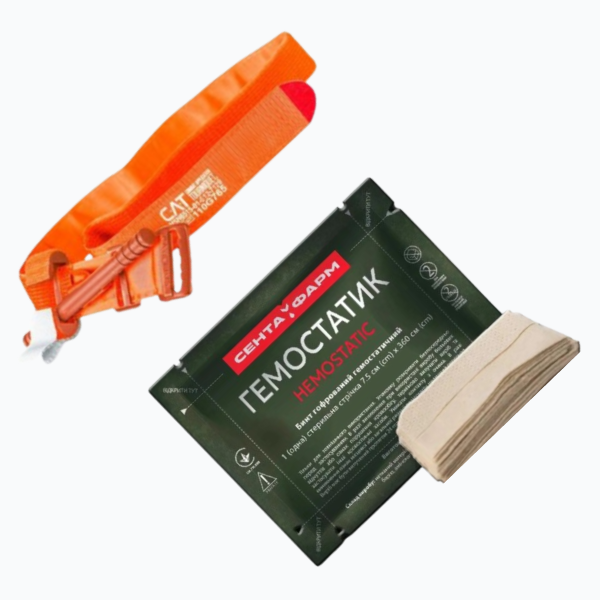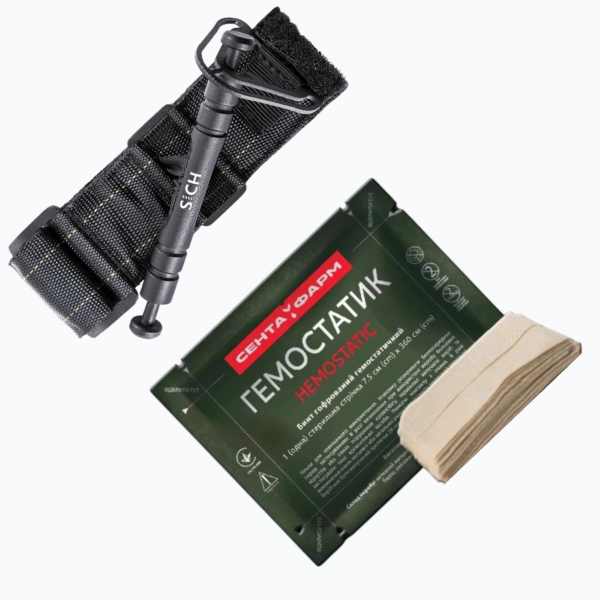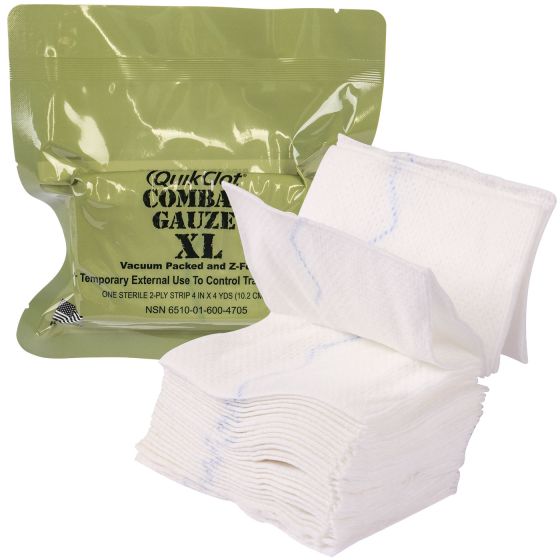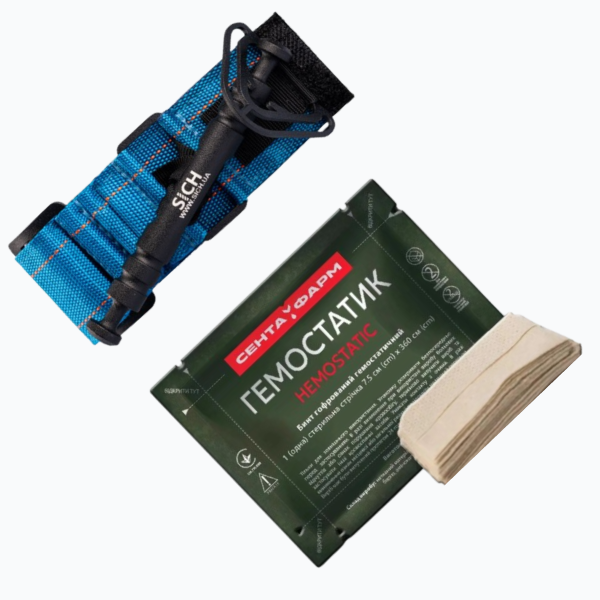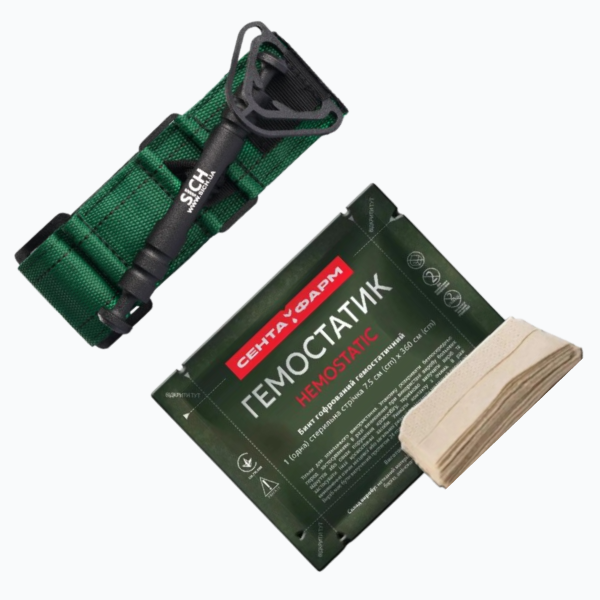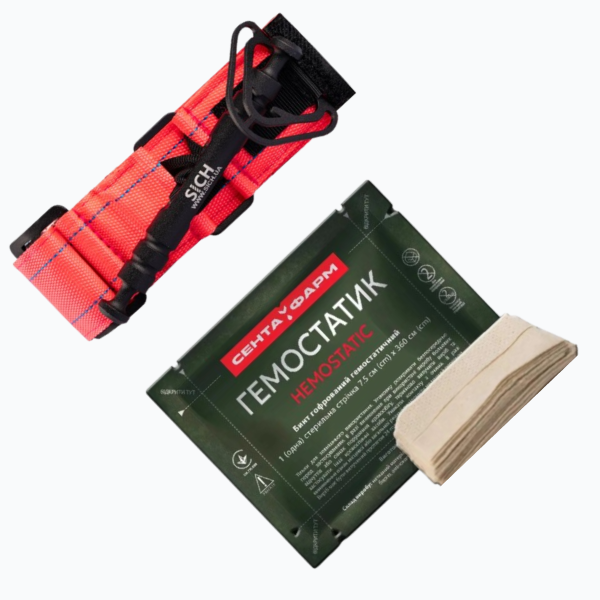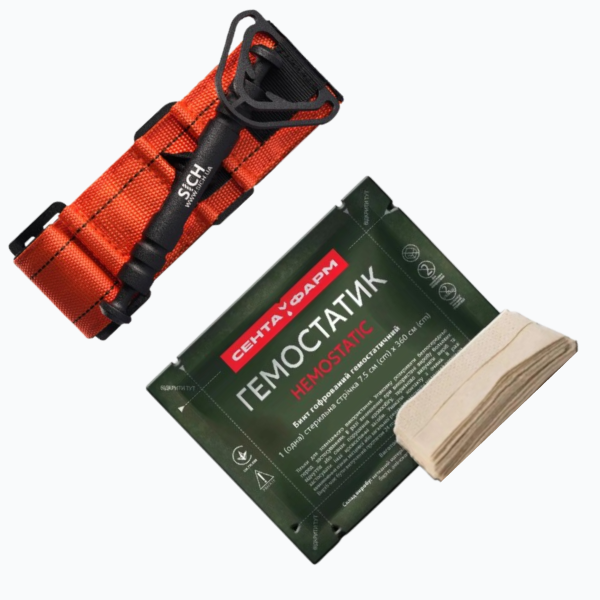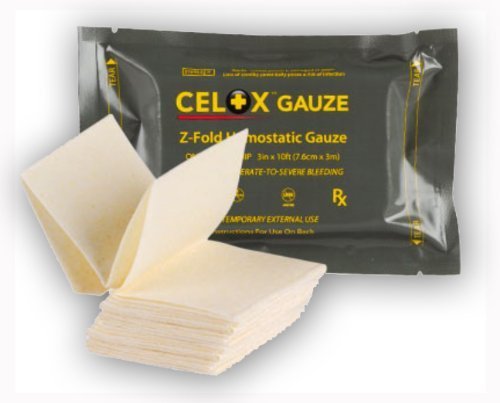Bandages in Tactical Medicine and Everyday Use
In cases of injuries, burns, or bleeding, bandages are essential for providing assistance. In combat environments, during emergencies, or in everyday situations, tactical medical bandages help stop bleeding, secure a wound, and prevent infections.
Medics, military personnel, and rescuers do not rely on basic bandages alone — it is important to have a reliable, high-quality, and sterile product on hand. With the right choice, a bandage can be used even in field conditions. Today, you can buy medical bandages in Ukraine with guaranteed quality, sterility, and ease of use.
Types of Bandages and Their Applications
Bandages come in various types depending on their purpose, material, and method of use. First, let’s talk about sterile bandages, which can be applied directly to open wounds to prevent infection. The best options are made of cotton gauze. The packaging must be airtight. These bandages are essential for every first-aid kit.
Another type is elastic bandages, which are used to secure dressings, provide joint support, and help reduce swelling. They stretch well, do not slip, and ensure comfort even during long wear.
Tactical bandages are also widely used today. They are designed for use in complex or extreme conditions. These may be impregnated with hemostatic (blood-stopping) agents or equipped with built-in applicators or fixation components. Such a bandage must be included in any military first-aid kit.
Can a Bandage Be Used to Stop Bleeding?
In road accidents or combat scenarios, massive blood loss is one of the leading causes of death. In such cases, a regular gauze dressing is not always effective. This is when a hemostatic bandage is used — it may contain an agent that accelerates blood clotting. These bandages allow quick bleeding control, even when large vessels are damaged.
They can also be used in various conditions, including high temperatures, dust, rain, and more. Another important advantage is that the bandage is ready for application immediately after opening the package. Such bandages should be fundamental components of a modern first-aid kit, as they are indispensable for providing timely assistance.
Which Bandage Should You Choose for First Aid?
Every first-aid kit, regardless of its purpose, must include a first-aid bandage. It is a universal tool used to secure dressings, splints, and to help stop bleeding (together with a tourniquet). A bandage also protects against infection and can serve as a compression dressing during injuries.
A bandage is mandatory in every soldier’s first-aid kit. It must meet enhanced requirements for strength, compactness, and effectiveness. Such products often come in vacuum packaging and comply with strict durability and performance standards.
What to Consider When Choosing a Bandage for Your First-Aid Kit
Before buying a bandage, you need to evaluate whether the product meets key characteristics. One of the most important factors is its purpose — essentially, how and under what conditions you plan to use it.
Most bandages must be sterile. Only sterile options are suitable for treating open wounds. Also consider the size — for a military or vehicle first-aid kit, compact rolls with a width of 5–10 cm are ideal.
High-quality materials such as cotton or blended fabrics are commonly used in manufacturing. These materials provide the product with its necessary physical properties.
Finally, examine the packaging. The best choice is airtight or vacuum packaging that protects the bandage from dust and moisture.
You can purchase certified, high-quality bandages at affordable prices at Tacmed.
